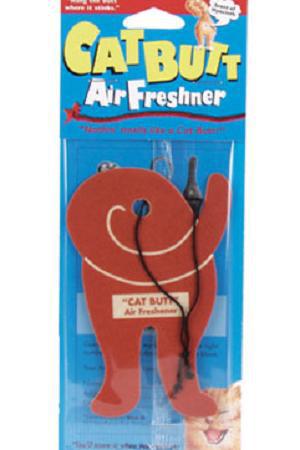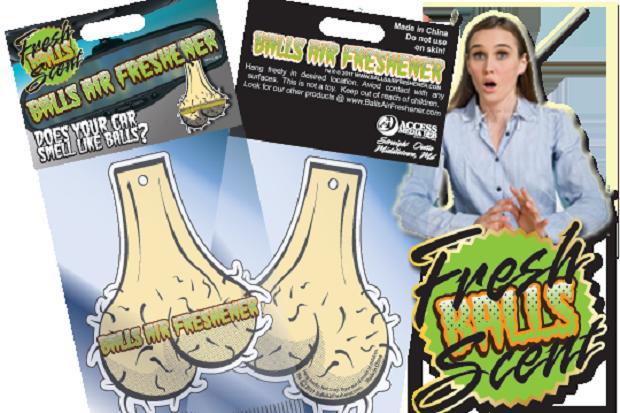Brad W
Pattern Altitude
What is the hard plastic trim in automotive interiors made of?
....that colored stuff with texture to mimic leather or some such thing...
smart folks here so figured some of you likely know....
I'm trying to verify the best glue to use.
back story
I have an Audi that has some very expensive damage caused by one of those Little Tree air fresheners. On a whim I bought a pack, but didn't want to hang it from my mirror...so I hung it from a little knob on my center console
...I remember having a momentary thought, second guessing if I might get some color transfer or something from this thing... but did it anyway. Guess I figured that with billions of these things sold for use in cars that they surely must have it figured out...
so just 12 days later I noticed some real damage.
The top surface... a very thin layer bubbled up. It's very thin, feels like tissue paper.
I'm thinking about trying a hypodermic needle to inject glue into the bubbles and push them back down...won't be perfect, but might at least be not so fragile
I contacted the Little Tree people, who immediately started leaning on some directions on the package saying to hang the air freshener free, and not touching anything..
They were quick to respond and nice about it, but at the same time very cagey.
Wouldn't tell me anything, started leaning on the excuse, refused to send the Safety Data Sheet.
They even sent a claim form to me.
Eventually I managed to get the SDS from them, but reading it this stuff is as inert as water. Clearly that aint so!...what are they hiding?
Their sneaky spirit made me a bit mad, so I filed a claim reluctantly...
Found out how expensive the repair would be to fix ($800). hey maybe they'll pay half.... nope...in short order they denied the claim, citing the same excuse.
I considered escalating with a letter to the CEO, etc...but in my research learned that this is a very common thing, looks like they've fought this battle many times in the past.
....that colored stuff with texture to mimic leather or some such thing...
smart folks here so figured some of you likely know....
I'm trying to verify the best glue to use.
back story
I have an Audi that has some very expensive damage caused by one of those Little Tree air fresheners. On a whim I bought a pack, but didn't want to hang it from my mirror...so I hung it from a little knob on my center console
...I remember having a momentary thought, second guessing if I might get some color transfer or something from this thing... but did it anyway. Guess I figured that with billions of these things sold for use in cars that they surely must have it figured out...
so just 12 days later I noticed some real damage.
The top surface... a very thin layer bubbled up. It's very thin, feels like tissue paper.
I'm thinking about trying a hypodermic needle to inject glue into the bubbles and push them back down...won't be perfect, but might at least be not so fragile
I contacted the Little Tree people, who immediately started leaning on some directions on the package saying to hang the air freshener free, and not touching anything..
it's an air fresher....of course you'd want it hanging free in the air so the smell can do it's thing!!!
when I contacted them I wasn't even considering trying to pinch them for money. Only just wanted to know what's in the thing so that I could more intelligently clean up the residue, and as a side note better understand the damage mechanism so I could try to fix it....is it alcohol of some type, some petroleum solvent, etc...?They were quick to respond and nice about it, but at the same time very cagey.
Wouldn't tell me anything, started leaning on the excuse, refused to send the Safety Data Sheet.
They even sent a claim form to me.
Eventually I managed to get the SDS from them, but reading it this stuff is as inert as water. Clearly that aint so!...what are they hiding?
Their sneaky spirit made me a bit mad, so I filed a claim reluctantly...
Found out how expensive the repair would be to fix ($800). hey maybe they'll pay half.... nope...in short order they denied the claim, citing the same excuse.
I considered escalating with a letter to the CEO, etc...but in my research learned that this is a very common thing, looks like they've fought this battle many times in the past.






